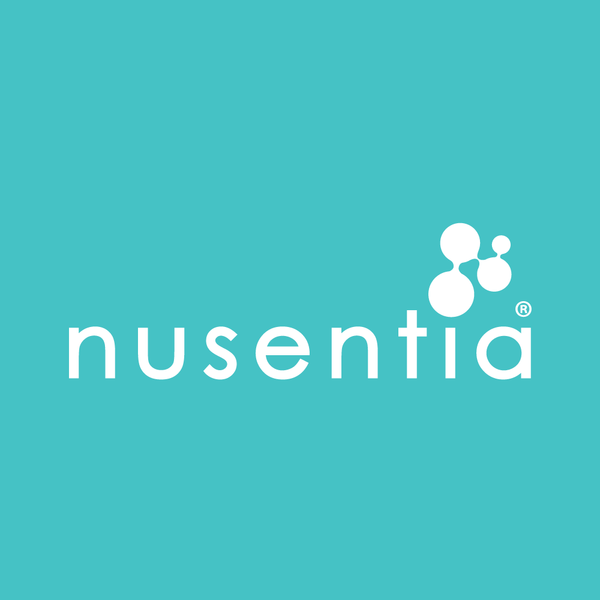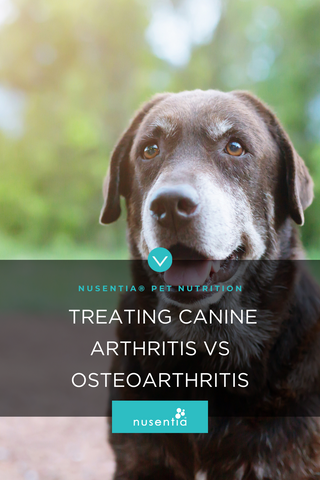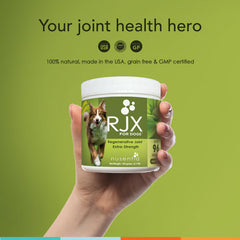Canine Arthritis vs Canine Osteoarthritis: Understanding and Managing Your Dog's Joint Health
Arthritis and osteoarthritis (OA) in dogs often present similar symptoms but stem from different underlying causes. Here, we delve into each condition, their effects on our canine companions, and natural treatment strategies.
Understanding Canine Osteoarthritis
Canine Osteoarthritis, a prevalent condition in older and larger dogs, is characterized by the gradual wear and tear of joint tissues, leading to chronic pain and mobility issues. Although OA has no cure, early detection and proactive management can significantly improve a dog's life quality.
Distinguishing Between OA and Arthritis in Dogs
Canine arthritis, while sharing symptoms with OA such as joint pain and stiffness, primarily arises from inflammation. Various factors, including age, immune system health, diet, and genetics, contribute to its development. Contrary to OA, which is a degenerative condition, arthritis's inflammatory nature means it can stem from a wider range of causes, necessitating a more tailored approach to treatment.

Natural Remedies for Dog Arthritis and Osteoarthritis
Supporting joint health is crucial for both conditions. Chondroitin sulfate and glucosamine are natural substances known for their joint-protective qualities. Found in products like Nusentia’s RJX joint health supplement, they help maintain healthy joint tissues and reduce inflammation.
Studies have shown that combining glucosamine with chondroitin sulfate can significantly lessen inflammation, with methylsulfonylmethane (MSM) further enhancing this effect by providing additional anti-inflammatory benefits. Nusentia’s® RJX joint health supplement offer a synergistic blend of these ingredients, promoting joint health and mobility in dogs.
Osteoarthritis is characterized by the gradual deterioration of joint tissues, primarily due to aging, and unfortunately, there is no cure for it. In contrast, arthritis leads to similar joint damage but stems from inflammation within the joints. The key distinction between the two lies in their underlying causes, arthritis being the more avoidable condition.
Effective Dosage for Optimal Joint Health
The therapeutic effect of glucosamine, chondroitin, and MSM varies by a dog's weight. Consultation with a veterinarian is essential to determine the appropriate dosage for your dog, ensuring optimal joint health support.
Beyond Supplements: Holistic Approaches to Canine Joint Health
Combatting canine arthritis extends beyond supplements to address the root causes of inflammation. Lifestyle adjustments, such as reducing stress, ensuring comfortable sleeping conditions, and maintaining regular exercise, play a vital role. Additionally, a balanced diet, free from allergens and irritants, alongside probiotics and enzymes, supports overall health and reduces inflammation.

Recognizing Signs of OA and Arthritis in Dogs
Detecting chronic pain in dogs requires careful observation. Symptoms like decreased activity, weight loss, or hesitance to move may signal joint discomfort. Sensitivity to touch, or allodynia, indicates neuropathic pain associated with inflammation.

Conclusion
While dietary supplements like glucosamine, chondroitin, MSM, enzymes, and probiotics have been proven to aid in managing arthritis and OA, consulting with a veterinarian is crucial for a tailored treatment plan. Incorporating these natural remedies can significantly enhance your dog's quality of life, providing relief from joint pain and improving mobility.
Visit Nusentia for natural, trusted pet health supplements with proven formulas to improve your furry friend's overall health. A trusted brand by veterinarians and pet parents since 2008.
References
Kantor, Elizabeth D et al. “Associations between glucosamine and chondroitin supplement use and biomarkers of systemic inflammation.” Journal of alternative and complementary medicine (New York, N.Y.) vol. 20,6 (2014): 479-85. doi:10.1089/acm.2013.0323 https://www.ncbi.nlm.nih.gov/pmc/articles/PMC4048982
Gugliandolo, Enrico et al. “Dietary Supplementation with Palmitoyl-Glucosamine Co-Micronized with Curcumin Relieves Osteoarthritis Pain and Benefits Joint Mobility.” Animals : an open access journal from MDPI vol. 10,10 1827. 8 Oct. 2020, doi:10.3390/ani10101827 https://pubmed.ncbi.nlm.nih.gov/33049960/
Johnston, S A. “Osteoarthritis. Joint anatomy, physiology, and pathobiology.” The Veterinary clinics of North America. Small animal practice vol. 27,4 (1997): 699-723. doi:10.1016/s0195-5616(97)50076-3 https://pubmed.ncbi.nlm.nih.gov/9243777/
Cordaro, Marika et al. “Safety and efficacy of a new micronized formulation of the ALIAmide palmitoylglucosamine in preclinical models of inflammation and osteoarthritis pain.” Arthritis research & therapy vol. 21,1 254. 28 Nov. 2019, doi:10.1186/s13075-019-2048-y https://pubmed.ncbi.nlm





